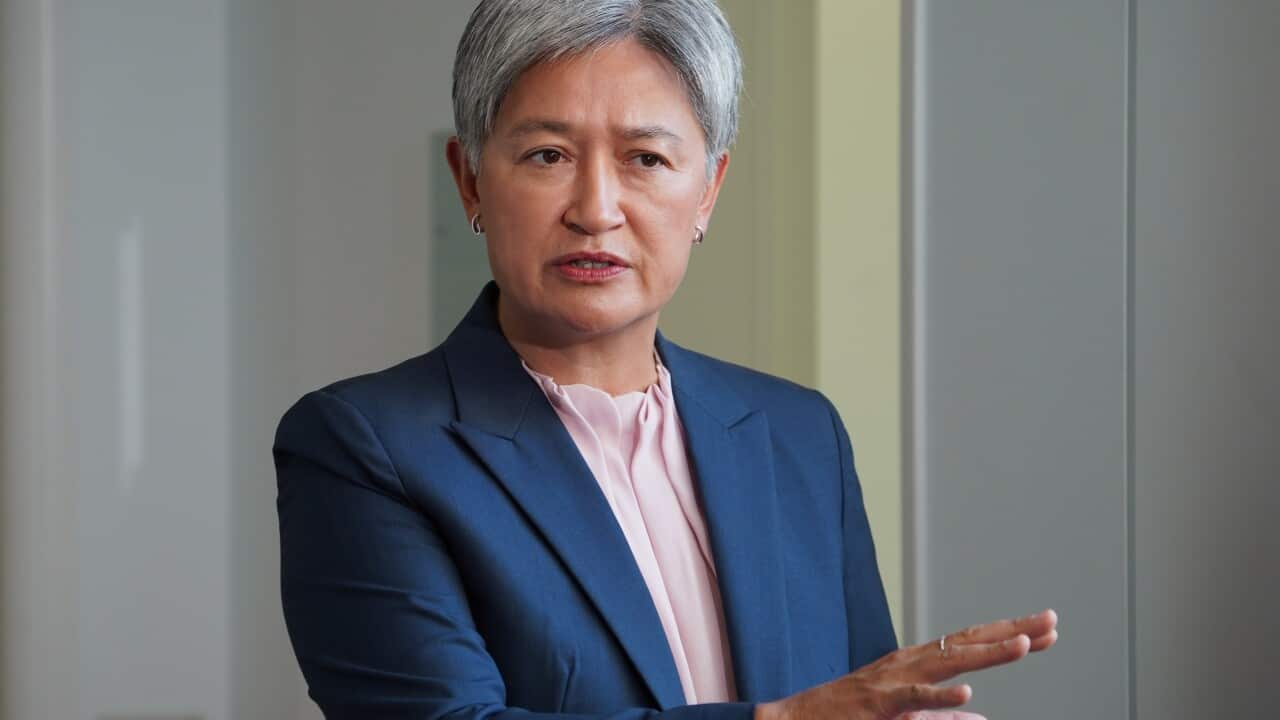TRANSCRIPT:
That's the sound of excited school students on the excursion of a lifetime, visiting Sydney.
They're a long way from their home, a remote community of around 300 residents in the Roper Gulf Region of the Northern Territory, called Barunga.
For the eight primary school students, aged between 11 and 12, the sights and sounds of Sydney are a new experience.
But they're not just here as tourists - these young Indigenous students have created something very special to share.
They have recently become authors of a book called Shordi Krik ((shorty creek)), written in their local language Kriol, as well as English.
And they've also put the story to music.
They'll be singing this song to a live audience of around 100 people at one of Australia's most iconic venues - the Sydney Opera House.
But the actual size of their audience is much bigger and stretches across the continent, with around 300 thousand people expected to tune in to a livestream from their local schools, libraries and other venues.
Their audience may be vast but the story they've written sticks close to home.
Shordi Krik tells to their experiences exploring local waterways in Barunga.
The book was published as part of an initiative by the Indigenous Literacy Foundation, a charity working in remote Indigenous communities across Australia.
Their programs aim to get a greater supply of books out and into communities and empower First Nations people to publish their own stories in their own languages.
For the past two years Wiradjuri man Ben Bowen has been the CEO of the Indigenous Literacy Foundation.
He says it's a special day for communities connected across the country, despite the distance.
"It's all about accessibility for us. The communities that we work in, 426 of them are remote. We can't get them all down to Sydney to do these things. So, for us, to host something down here on Wangal/Eora Country, it's really important for us to be able to share that story back, and bring those stories back to homelands as well, so that they're all connected to the work that all the communities are working on as well."
This year the foundation is celebrating 12 years of its annual Indigenous Literacy Day.
It's a chance to highlight the work they do in communities and recognise its impact.
Renowned photographer, author, and Palawa man Wayne Quilliam is one of their ambassadors.
He's been a passionate advocate for almost 20 years.
"It's so important to me, in the role that I am as a storyteller myself, using different mediums, to work with our kids in rural remote areas, to show them that there's no limit to what we can do. Our culture is important. And most importantly is to bring it into the modern world, through literature, and to share it with other communities. Because in the past we were sort of restricted in a way with boundaries, because of the lack of technology. Whereas now, the kids can create their own narrative, they can create own stories, they can then share them so that kids in Wreck Bay in New South Wales, or kids here in Barunga... Those stories now transcend all physical boundaries and it's just - the passion that I see when we're out there on community - is just - it's empowering."
For the eight Barunga kids, having their stories published in print has been step towards better learning outcomes in school.
Wayne Quilliam says the results come from the particular way the Indigenous Literacy Foundation engages with communities.
"What I love about ILF is that they empower people, they don't go in with a direct narrative, they don't go in with, 'this is how it's got to be done'. They go in and listen to community, they sit down with community, they engage with community. And when they engage with community, the community then own it."
Barunga School Principle Malcolm Hales says access to bilingual resources also strengthens the Barunga kids skills and sense of belonging.
"Well I think it's important, really, to have the language coincide with the English, because it's then giving that link between the past and the present and hopefully that link stays into the future. That they can still have their language while they're also learning to read and write English."
In music, writing, and across different languages, these kids are making their life in a small community come alive for people across the country.





